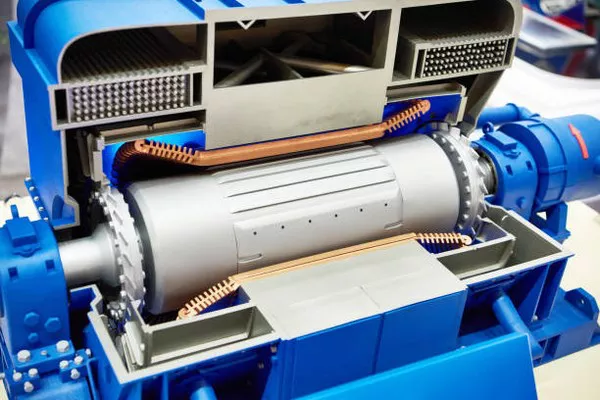Portable generators are invaluable assets during power outages, providing a reliable source of electricity to keep your essential appliances and devices running. However, placing a portable generator in the wrong location can lead to safety hazards, inefficiency, and even damage to your equipment. To ensure the safe and effective operation of your generator, it’s crucial to select an appropriate location. In this article, we will explore the key factors to consider when deciding where to place your portable generator.
Safety First
Safety should always be your top priority when positioning a portable generator. Generators emit potentially lethal carbon monoxide (CO) gas, and improper placement can lead to CO buildup in enclosed spaces. To prevent this, follow these safety guidelines:
a. Outdoor Placement: The most critical safety rule is to position your generator outdoors, away from doors, windows, and vents. This ensures that CO emissions disperse safely into the open air. Never operate a generator indoors, in a garage, or near open windows.
b. Elevation: Place the generator on an elevated, stable surface to prevent water, snow, or debris from entering the unit. A concrete pad or wooden platform is ideal for this purpose.
c. Ventilation: Ensure adequate ventilation around the generator to disperse exhaust gases. Avoid enclosed areas, such as tight corners or sheds. Maintain a minimum of five feet of clearance on all sides of the generator.
d. Rain Protection: While generators are designed to withstand some moisture, it’s wise to protect them from direct exposure to rain and snow using a generator tent or cover.
Local Regulations
Before determining the generator’s location, check with your local authorities and building codes. Some regions have specific rules and regulations governing generator placement. These regulations may include setback requirements, noise restrictions, and safety guidelines. Compliance with local laws ensures you avoid potential fines and penalties while promoting safe and responsible generator use.
Distance from Living Spaces
Generators can be noisy, and their operation can disrupt your daily life if placed too close to your living spaces. To maintain a comfortable living environment, keep the generator at least 20 feet away from your home, windows, and doors. This distance will help reduce noise levels and prevent CO from entering your home.
Fuel Source Accessibility
Consider the type of fuel your generator requires—typically gasoline, propane, or diesel. Ensure that the generator’s location provides easy access to the chosen fuel source. You don’t want to find yourself struggling to refill the generator’s tank in the middle of a power outage.
Weather Protection
Weather conditions can impact your generator’s performance and lifespan. While generators are designed to operate in various weather conditions, protecting them from the elements can extend their longevity. A generator tent or enclosure can shield your unit from rain, snow, and direct sunlight, preventing damage and ensuring reliable operation when you need it most.
Electrical Connection
Plan the electrical connection to your generator carefully. Ideally, a professionally installed transfer switch or interlock kit should be used to connect the generator to your home’s electrical system. The location of the generator should allow for a safe and convenient connection without exposing cables to tripping hazards or damage from heavy foot traffic.
Exhaust Direction
Pay attention to the direction of the generator’s exhaust. It should point away from your home and any nearby structures to prevent fumes from being drawn indoors through vents or open windows. Use exhaust extensions or deflectors to direct emissions away from sensitive areas.
Generator Size
The size of your generator also plays a role in determining its placement. Larger generators may require more space and have different clearance requirements compared to smaller units. Check the manufacturer’s guidelines for specific spacing recommendations based on your generator’s size.
Aesthetics and Accessibility
Consider the visual impact of your generator’s placement. While functionality is crucial, you may want to position it in a way that doesn’t disrupt the aesthetics of your outdoor space. Additionally, ensure that the generator is easily accessible for maintenance and refueling.
Noise Considerations
Noise levels can vary significantly among different generator models. If noise is a concern, choose a generator with a lower decibel rating, and position it as far away from living spaces as possible. Noise-reducing measures, such as placing the generator on a rubber or foam pad, can also help mitigate sound transmission.
Conclusion
Selecting the right location for your portable generator is essential for safety, efficiency, and peace of mind during power outages. By prioritizing safety, following local regulations, and considering factors such as distance from living spaces, fuel source accessibility, weather protection, and electrical connection, you can ensure that your generator serves its purpose effectively and reliably. Remember that consulting a professional electrician or generator installer can provide valuable insights tailored to your specific needs, ensuring that your portable generator operates at its best when you need it most.

